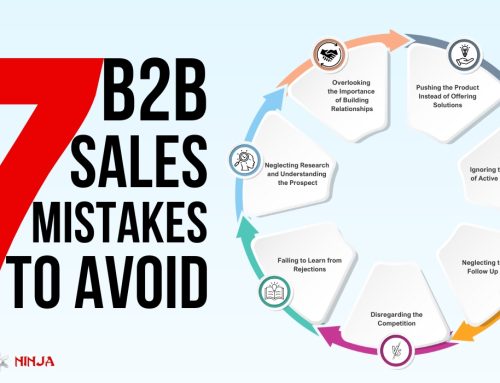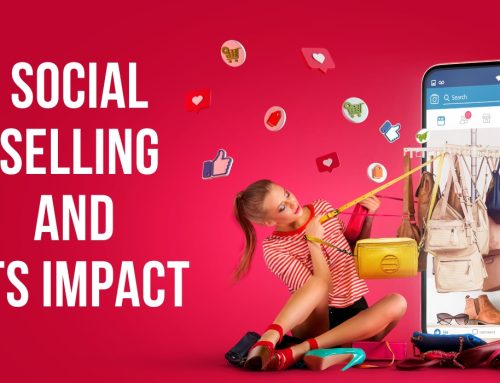Seriously… How Ready Are We to Start Selling in This New Normal?
Conventional wisdom will tell you that no one buys a million-ringgit solution over the phone. But what happens when face-to-face meetings are avoided? Are there immediate options to drive a move to virtual selling that won’t result in customer friction?
Truthfully, for anyone who’s part of any sales team these days, your job has probably gotten significantly harder lately!
Yet, sales organizations that emphasize the most effective virtual selling activities to bring customers valuable insights will safeguard their sales revenue and create the customer intimacy that will carry them through this crisis, and beyond.
I certainly know of many sales professionals out there who had to quickly adapt to remote working while pivoting their aims when chasing new business. On top of that, suddenly many of us are now also selling to people who have a whole lot more to worry about other than buying your products…
But then, I guess most retailers were already under pressure prior to the pandemic, struggling to adapt to a growing online world and facing lower margins amid a plethora of competitors. The Covid-19 outbreak has accelerated some of these trends, with more people shopping online and an inventory excess that’s likely to cut margins even further.
So it’s hardly surprising to read about how several brands have recently announced store closures given the financial pressure from the virus. For instance, Inditex, the retail giant which owns Zara, announced earlier this month that it would close between 1,000 and 1,200 shops worldwide. In addition, other retailers have fallen into administration as the virus exacerbated their liquidity problems.
But at the end of the day, the world is still turning I tell you: people are still buying and deals are still closing. Even though COVID-19 may be surfacing new cases that urgently require attention, many businesses these days are competing on delivering against them!
Ultimately, sales leaders right now are looking for ways to address today’s current situation. And perhaps the following list of COVID-19 specific challenges faced by sales teams everywhere should be something that’s worth your immediate attention?
Let’s go through them:
Be Like Water – Fluidity is Key
How do you support reps to run the end-to-end sales process from home? Is it possible for you to rapidly adjust billing and invoicing to be sensitive to the financial needs of your customers? Many are also responding to the current economic climate by offering their customers free products, pausing subscriptions, and providing more flexibility with payment terms. However, if not done properly, this can cause major operational issues.
How is COVID-19 Affecting Customers?
Help customers successfully navigate through this trying time should be the key goal of any sales organization right now. This involves developing strategies for knowing your customers better while increasing your commitment from just a provider to a valued partner. To do this, one must understand the current state of your customer’s situation, and potentially segmenting them to tailor your outreach.
Declines Should Be Expected
Certainly, in the new remote sales world of no more face-to-face meetings, salespeople may feel unmotivated, overwhelmed, and feel pressured to become productive. Even before the pandemic hit, Bloomberg reports that sales reps spend only 36% of their time actually selling – the majority of this time – some 64% – is spent doing manual administrative tasks. So now, how do you mobilize your remote sales teams to act more effectively? How can things like automation and AI-powered tools help to make their lives easier?
Decisions Have to be Made Faster Than Ever
Even so, these snap decisions are set to be faced with uncertainty during this unprecedented time! Just ask around and many sales leaders will tell you that decisions that used to take 6 months now take place in a matter of 6 weeks, or even days! And given all the uncertainty, I see many leaders have taken a scenario planning approach to their sales forecasts to account for best case, likely, and worst-case outcomes.






Leave A Comment